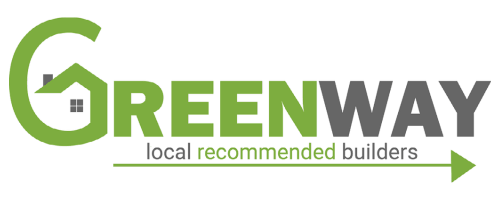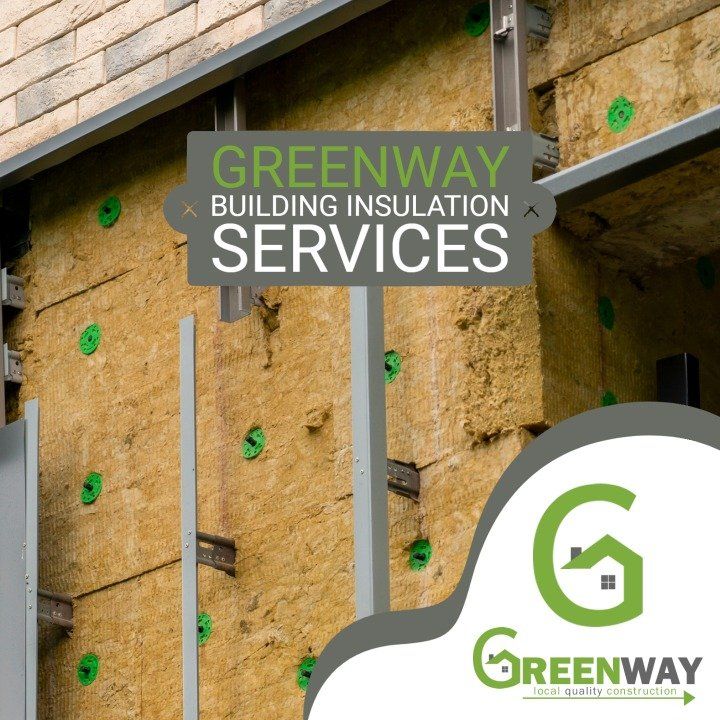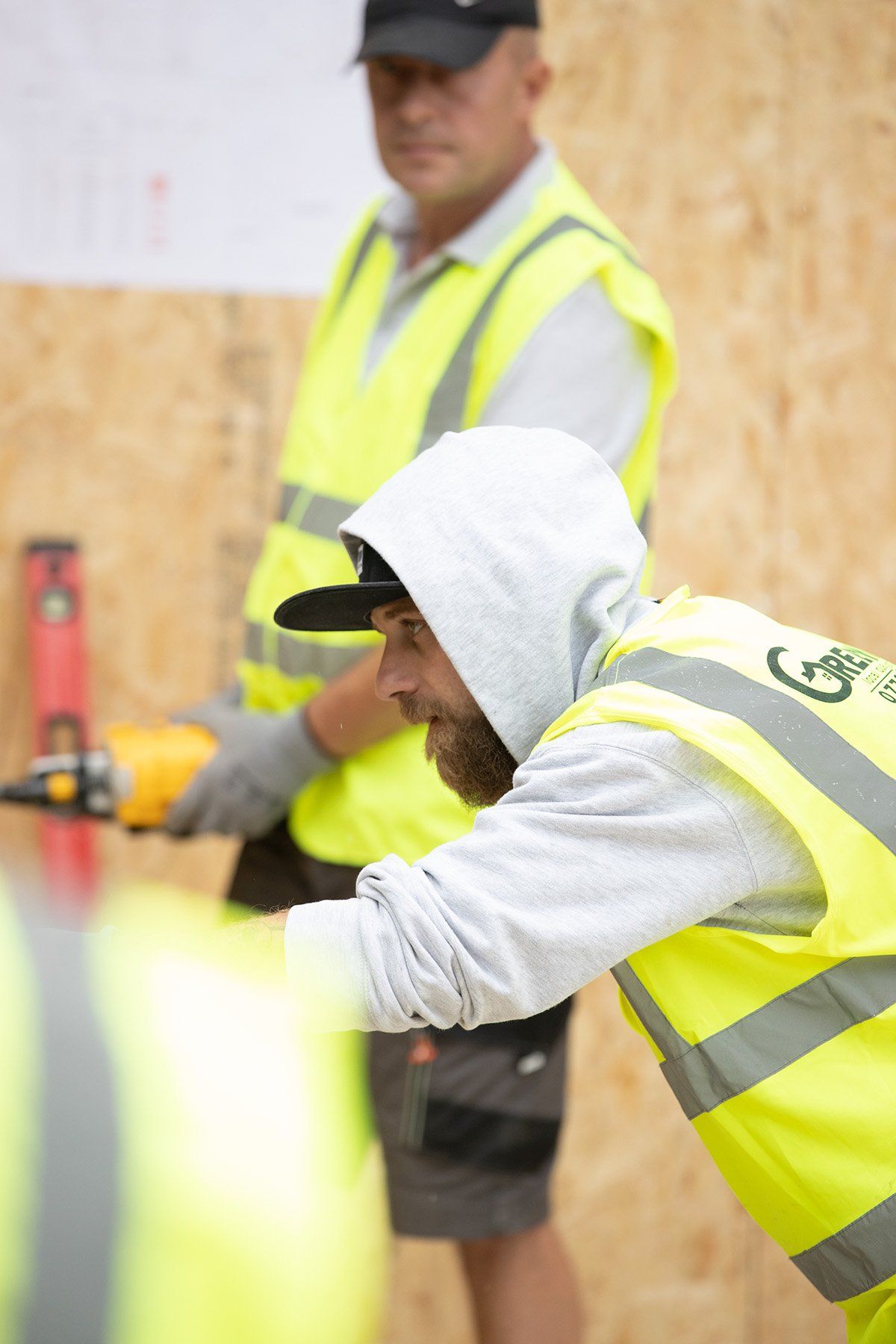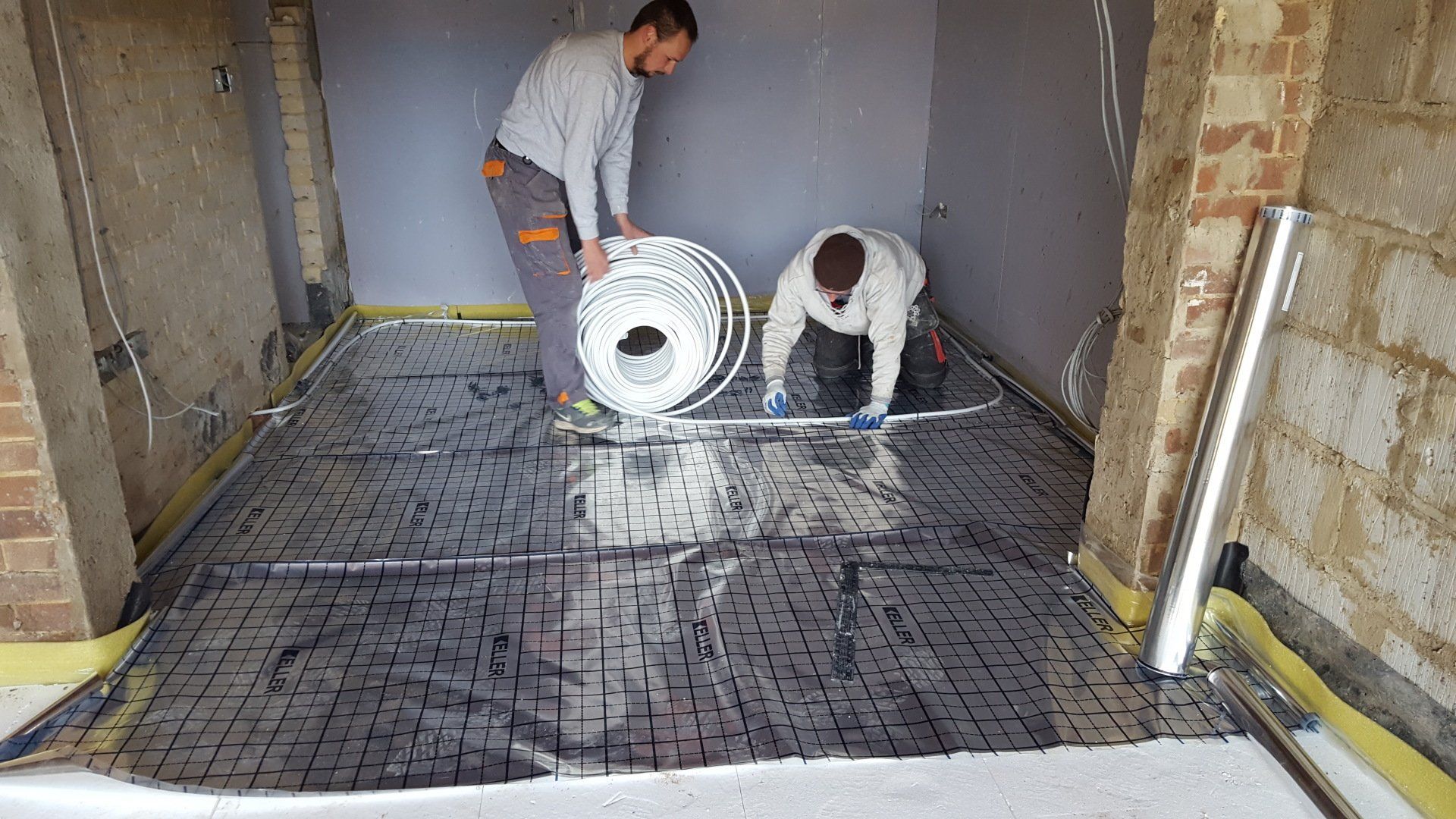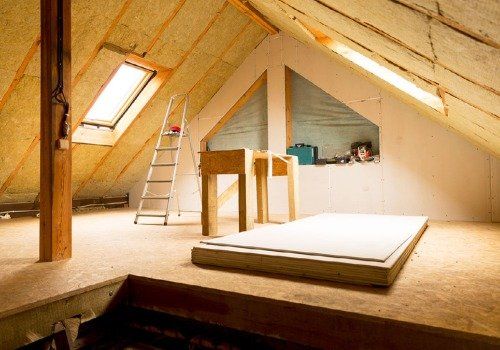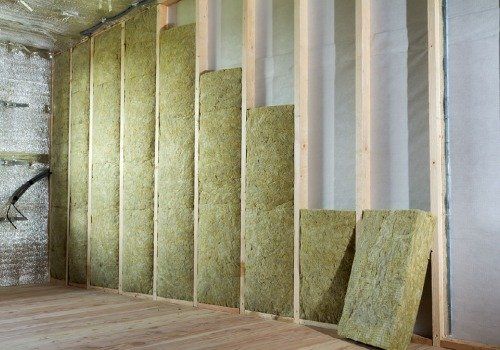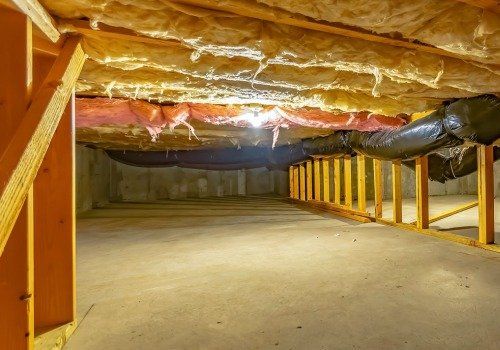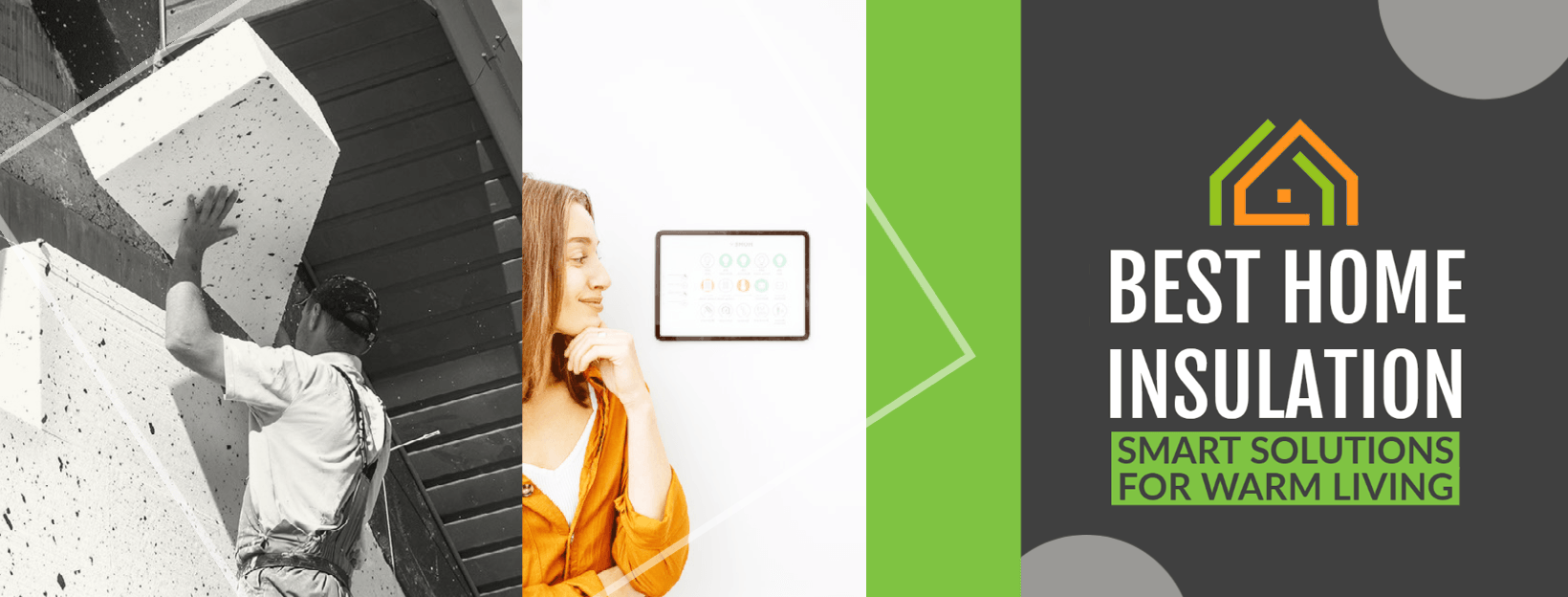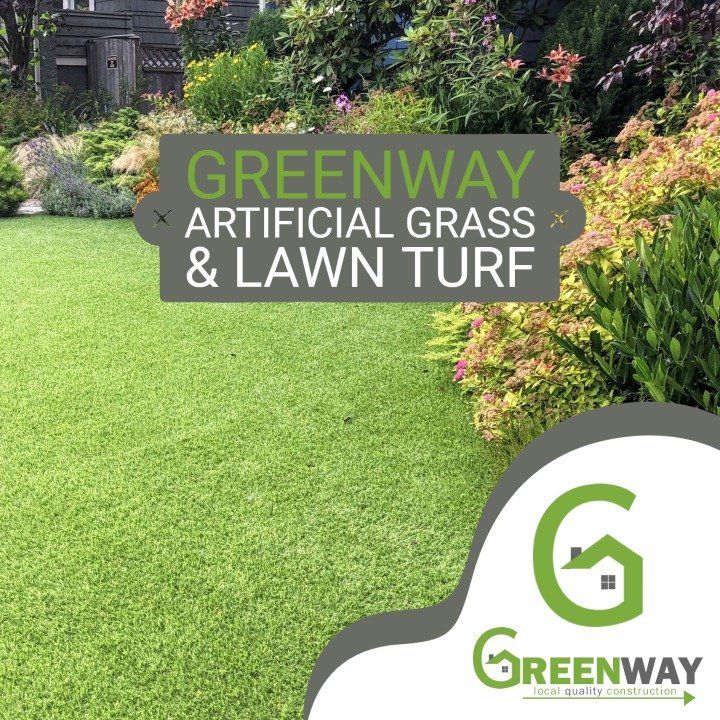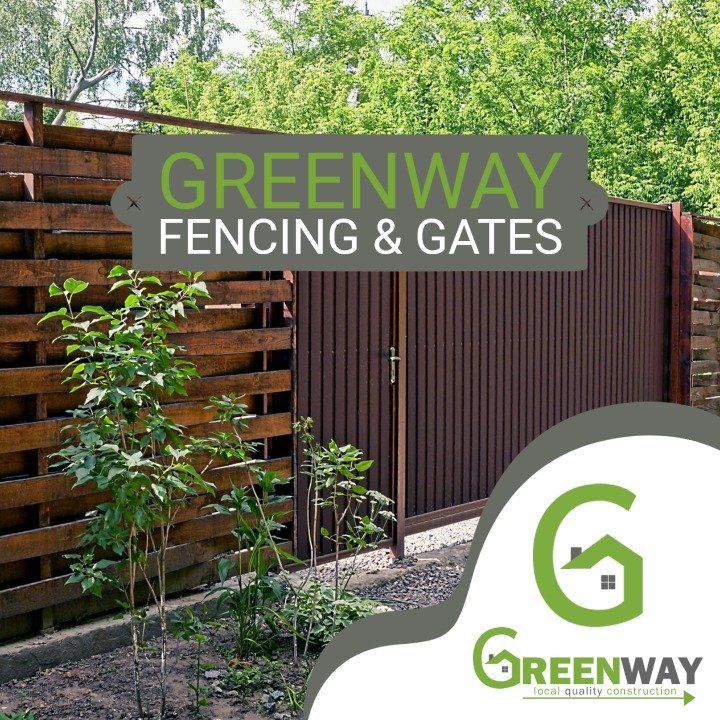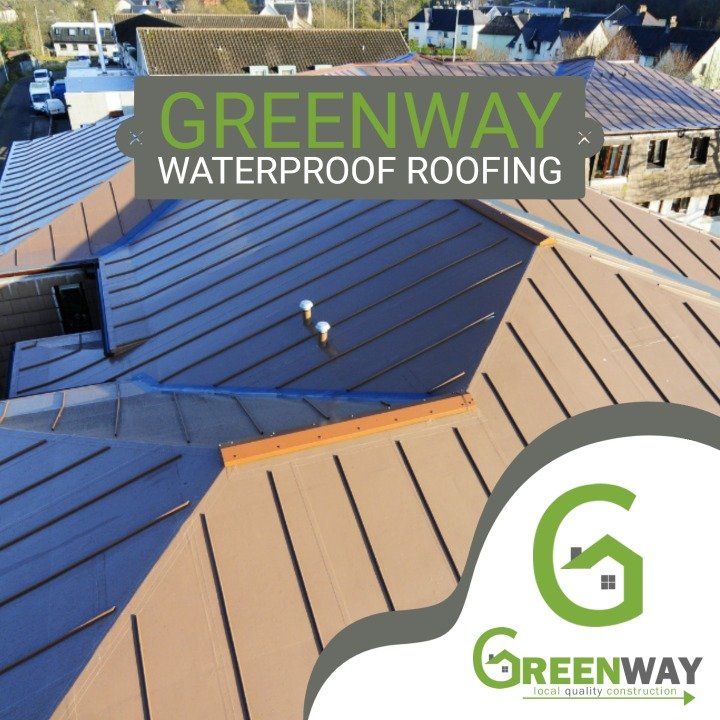BUILDING INSULATION SERVICES
Greenway's specialist crew of insulation professionals consult and install innovative, green solutions using the latest in intelligent design and sustainable innovation to create warmer, more energy-efficient buildings across the south of England and beyond.

Is Property Insulation a Solution to the UK Energy Crisis?
The UK is a problematic country to keep warm. It has some of western Europe's most aged and leakiest housing inventory. Generally speaking, the UK building stock is old and very poorly insulated. Over 60% of all British properties currently standing have a construction date before the government enacted the first thermal regulations. The first building regulations that impacted energy waste in the home came into play in 1965. These ordinances introduced limits on the amount of energy loss acceptable through the fabric of new houses.
A staggering nine out of ten households rely on gas boilers or fossil fuel systems, twice the EU average. The older properties, pre-1950s, use oil and solid fuel as an existing heat source. This leaky inventory of poorly insulated homes means that as soon as heat leaves a radiator or other heat source, it dissipates through floors, attics, walls, windows and doors.
With soaring energy prices globally, the UK's reliance on gas and solid fuel threatens to plunge thousands of homes into fuel poverty and others into uncomfortably tight budgets. Even the "green deal" loans launched by the government in 2013 failed to hit the target of 14 million insulated households by 2020, with a mere 15,000 completed by the time the complicated system ended in 2015.
Did You Know?
Do you know the areas of most heat loss in your home?
Here are six main areas where heat escapes from the highest to the lowest:
- Basement and Ground Level Walls and Floors
- Cracks in Walls, Windows and Doors
- Poorly Insulated Windows
- Framed Walls
- Ceilings
- Exterior Doors
Are your floors and walls insulated!?
Greenway encourages property owners to recognise the signs of a poorly insulated building. The Greenway team can analyse and take measures to prevent heat loss, protect against the rising cost of energy bills and keep loved ones safe from the consequences of extreme weather conditions.

Popular Insulation Spaces
A Guide to Insulation Types
Did you know that insulating your home with the suitable materials in the right areas can help save you a significant amount of money off your energy bills and protect the environment in the process?
Yet, the many different types of insulation available for the diverse parts of your home can make it feel like an intimidating task to contemplate.
Below is a photo guide that covers the various spaces insulation can benefit your property. Hover over each image to discover what insulation works best for each area. Learn how to insulate your home, the benefits and the estimated investment involved.
Popular Property Insulation Spaces
Loft Insulation
Loft or attic insulation usually comes in batts, rolls or loose in bags and some types are more difficult to fit than others. About a quarter of the heat in your home is lost through the roof if not insulated correctly. In a standard loft, the insulating materials go between and over the joists. Loft rolls are a popular option for this type of installation, and there is a range of different materials, as detailed further down this page. If your loft is prone to dampness, insulation slabs are water-repellent and very breathable, so they will not be vulnerable to rotting or mould build-up.
Roof Insulation
A converted loft for habitation is best insulated using rigid insulation boards placed between the rafters, foam or loose fill. Once in place, the plasterboard makes it ready to decorate for living. The insulation material used for a warm loft should be denser and more rigid than the material used for insulating joists. Insulation boards are the best choice here. Though unbending in structure, insulation boards are easily cut down to size to fit snugly between the rafters for optimum thermal efficiency.
Different Types of Insulation Solutions
Types of Loft Insulation
Different types of loft insulation include:
- Blanket insulation is fibreglass/glass wool, mineral wool, plastic fibres and natural fibres such as sheep's wool.
- Insulation boards are rigid insulating materials manufactured in sheet form using synthetic or natural substances.
- Multifoil insulation is multiple layers of radiant foil barriers crafted using materials such as aluminium, thermo-foam and polypropylene.
- Insulation Slabs (also known as insulation batts) are commonly glass wool, mineral wool or sheep's wool and offer thermal and acoustic insulation.
- Loose-fill and blown-in insulations are lightweight, and loose fibres spread freely into place. Cellulose, fibreglass and rock wool fibres get blown into position, and other less-common materials, such as polystyrene beads and perlite, get poured into place.
- Spray foam insulation is sprayed into place and forms an insulating layer once set. Two types of spray insulation are available: closed and open.
- Acoustic insulation is ideal for creating a quieter home free from noisy neighbours and stomping footsteps overhead. Acoustic insulation slabs in a loft or conversion blocks impact and airborne sound transmission through walls, floor and roof.
Types of Cavity Wall Insulation
Different types of cavity wall insulation include:
- Mineral wool is blown into the cavity wall to form an energy-efficient insulating layer.
- Polystyrene bead insulation involves blowing small balls of expanding polystyrene insulation (EPS) into existing cavity walls through tiny holes. Beads are quick to install, high performing and don't absorb moisture.
- Injected foam insulation is polyurethane (PU) foam pumped into a cavity wall, where it will solidify and form a thick, water-repellent insulating barrier with impressive thermal performance.
- Cavity insulation sheets for new walls fit straight into the cavity during construction. Partial fill solutions leave a 25mm-50mm gap between the cavity and external wall to reduce the chance of moisture leaking into the home. The most popular options are semi-rigid batts, slabs of mineral wool, or rigid PIR boards.
Types of External Wall Insulation
Different types of external insulation for exterior walls include:
- EPS is a popular insulation solution generally made of either expanding polystyrene or mineral wool. Technologies such as phenolic resin insulation are also available.
- Foam board insulation requires installation during remodelling or if you don't mind tearing out your drywall. They are rigid panels made of either polystyrene, polyisocyanurate, or polyurethane. These boards come in various lengths, facings, and lengths to custom fit the wall cavities.
- Silicone is an excellent render choice and is favoured as the best external wall insulation system. It's breathable and hydrophobic (which means it repels dirt and organic growth) and can be custom mixed to any colour you want.
Types of Internal Wall Insulation
Different types of internal wall or solid wall insulation include:
- Rigid insulation boards come in various materials and thicknesses and deliver the highest energy-saving benefits. Some have pre-attached plasterboard, which makes the installation process more straightforward.
- Dry lining battens fixed to the walls with insulation material fitted between them and then covered with plasterboard. This method is a good option if the wall has a lot of heavy fittings, such as bookcases and cupboards, or if the original wall is rough and uneven.
- Flexible thermal lining comes in rolls like thick wallpaper and is glued to the wall using a special adhesive. It may provide a lower insulation level than other solutions as flexible linings tend to be no more than 10mm thick but can be a good option for smaller rooms.
- Insulated plaster is a mix of plaster and insulating material, such as cork. The material is usually trowelled or sprayed on and is a good option for uneven walls and can help achieve a good level of airtightness.
Types of Floor Insulation
Different types of floor insulation and underfloor heating:
- Insulating underlay is one of the easiest and least disruptive ways to insulate your floor. Insulating underlay or polyfoam board is thin and installed directly beneath your carpet.
- Multi-foil underlays reflect heat into the house without raising the floor height by much. They come at a higher cost than mineral wools or rigid foams, but this can save you the hassle of lifting old floorboards or digging into a concrete bed.
- Thick carpets and rugs can go a long way towards keeping the cool air out from any crawl spaces below.
- Solid floors are generally insulated above the top concrete or screed (a mix of sand and cement) layer using rigid insulation foam. The insulation will need to sit between a damp-proof membrane below (preventing the build-up of trapped moisture), a chipboard above, and your chosen flooring cover to top it off. This type of setup is known as a 'floating floor'.
- Screeded wet underfloor heating systems are the most popular and effective underfloor heating. Pipes are clipped or stapled onto an insulation layer, and the screed then applied on top. The warm pipes heat the whole slab, giving even consistent heat output.
Types of Ceiling Insulation
Three main types of ceiling insulation include:
- Fibreglass is the most common insulation material and is suitable for use between rafters, timber frame walls and cladding systems.
- Cellulose insulation made from recycled paper products primarily insulates air noises. To mute impact sounds as well, choose a thick insulation layer.
- Foam insulation made from polystyrene, polyisocyanurate or polyurethane are all types of plastic and is a spray liquid squirted into position, then it sets to form an insulating layer.
Popular Insulation Questions
Do you have a question? We’re here to help.
The Great UK Heating Problem
The UK is a problematic country to keep warm. It has some of western Europe's most aged and leakiest housing inventory. Heat loss occurs through floors, attics, walls, windows and doors after leaving their heat source.
A staggering nine out of ten households rely on gas boilers, twice the EU average. Soaring gas prices in 2022 threaten to plunge thousands of homes into fuel poverty and others into uncomfortably tight budgets.
Even the "green deal" loans launched by the government in 2013 failed to hit the target of 14 million insulated households by 2020, with a mere 15,000 completed by the time the complicated system ended in 2015.
The Greenway Solution
What is the solution to the UK's ongoing energy crisis?
Greenway aims to insulate as many homes as possible during 2023 and 2024 in cooperation with its sister company Best Insulation Limited.
By helping to answer enquiries and offer advice, consultations and free holistic-approach quotes, Greenway will refer those most in need to Best Insulation Limited and provide safe, value-for-money solutions using the best materials available.
